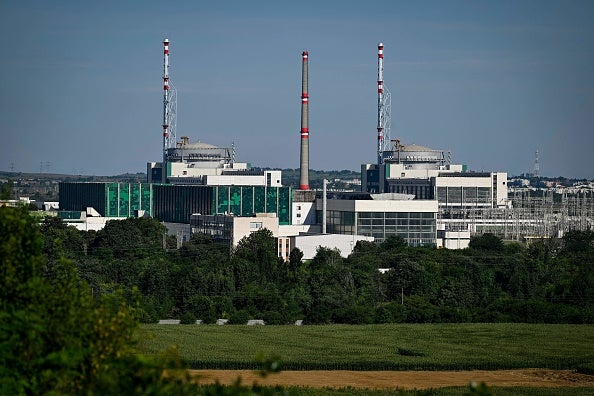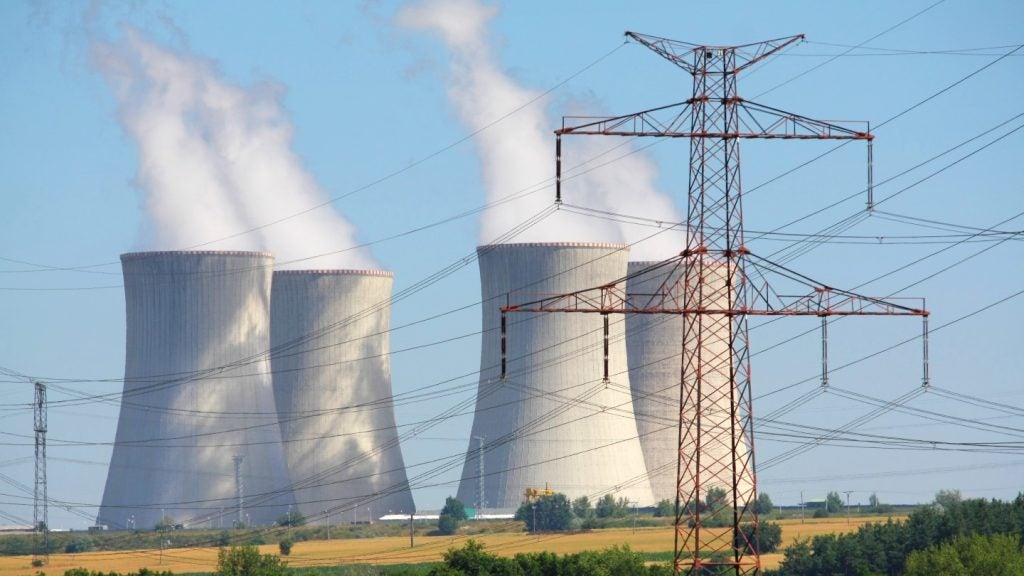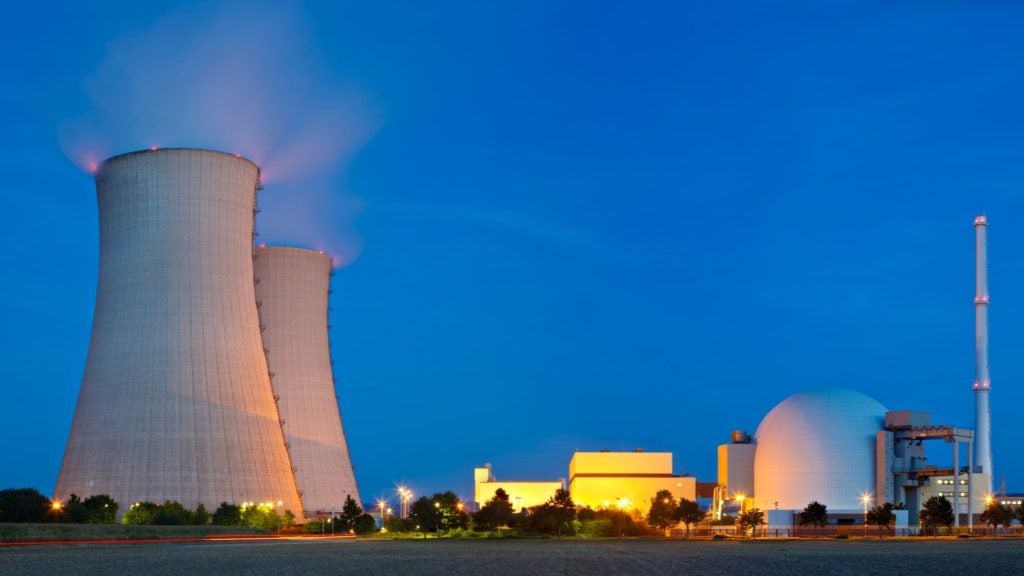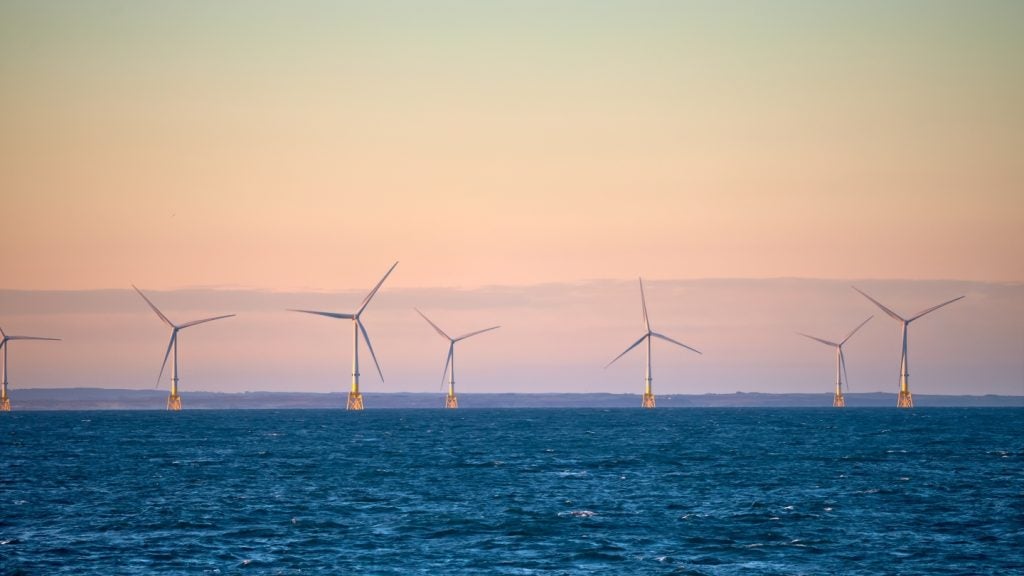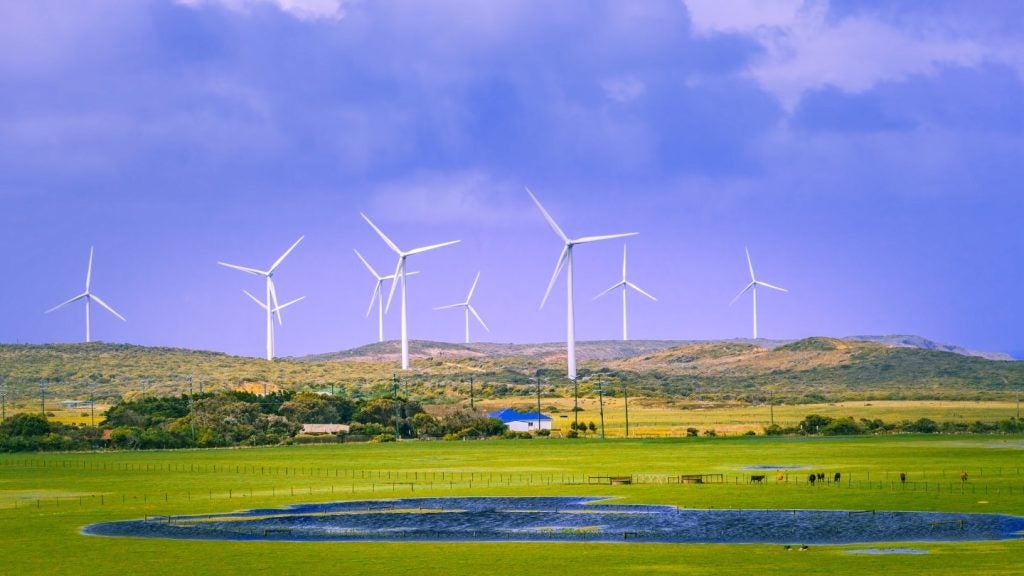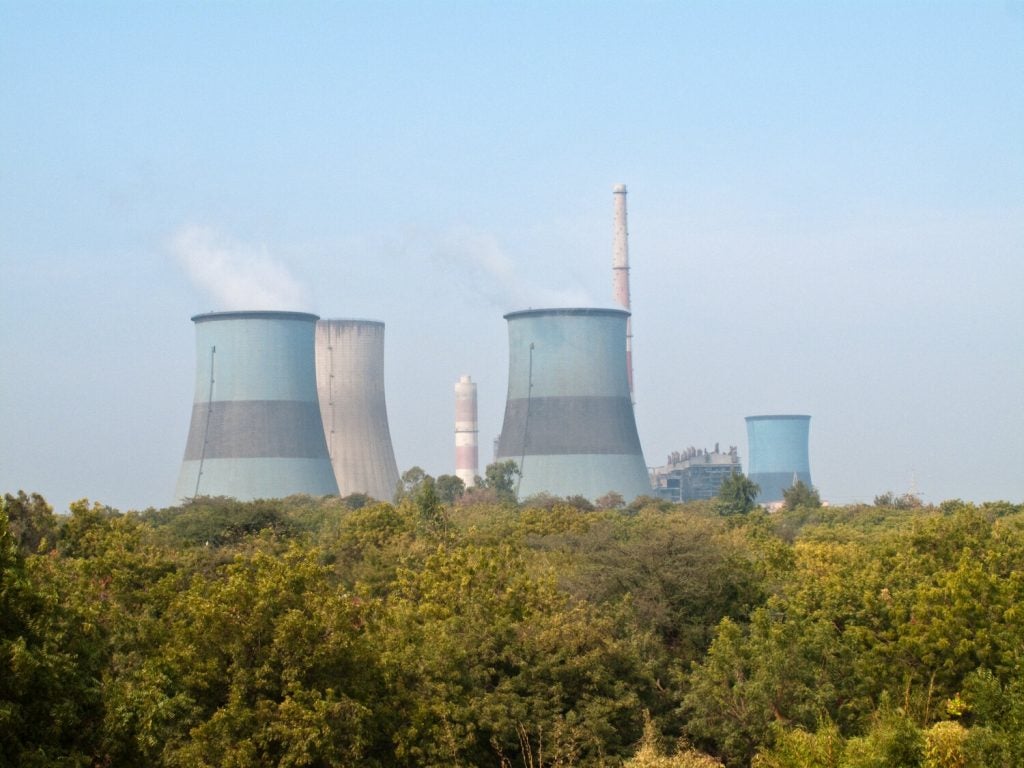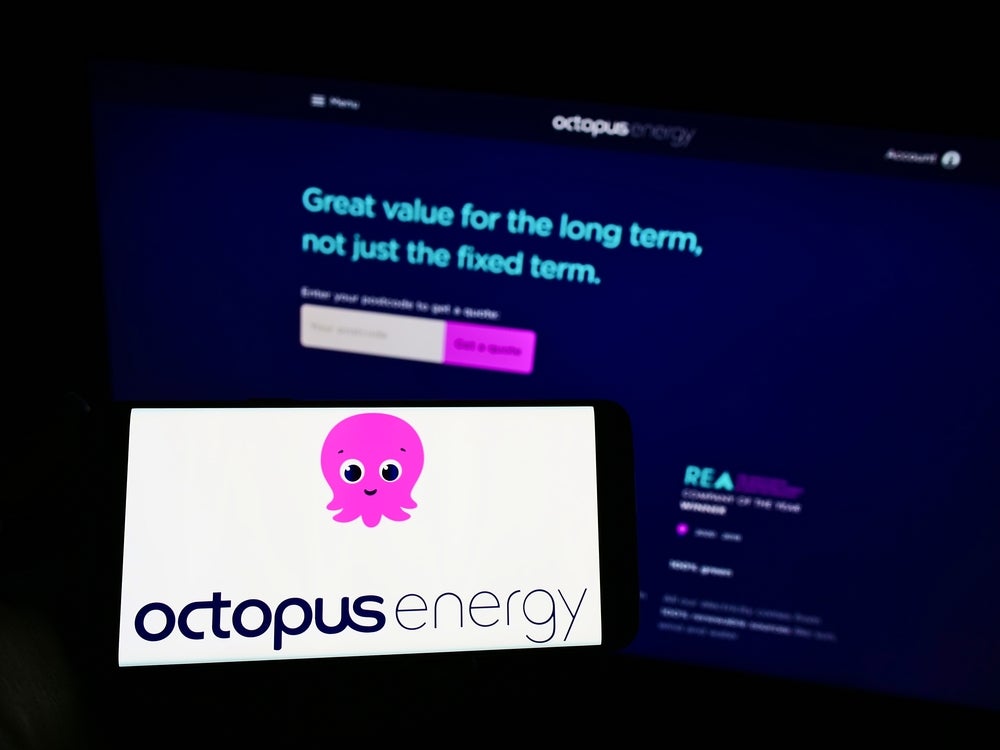South Korea’s Hyundai Engineering & Construction (E&C) has been selected to construct and commission two new Westinghouse AP1000 units at Bulgaria’s Kozloduy nuclear power plant following a competitive application process.
Hyundai E&C was one of five companies to submit an application detailing interest in constructing the two units before the 2 February deadline. The other companies were Fluor BV, Bechtel Nuclear Power Company, a consortium led by China National Nuclear Corporation Overseas and partner China Energy Engineering Group Tianjin Electric Power Construction Co, as well as China Energy Engineering Corporation.
The candidates were required to meet qualifying criteria such as demonstrating construction experience and the commission of at least two nuclear units as well as “to have solid experience in the nuclear and turbine island of at least two units or have supplied and installed equipment for two units within the last 15 years – applicants must also demonstrate at least USD6 billion in turnover and profit for the five years period from 2018 to 2022".
Candidates from Russia were excluded.
Kozloduy NPP – New Builds, the company responsible for the overall project, said: “The commission proposed for a shortlist of potential construction companies for engineering, construction, procurement and commissioning of a nuclear power plant at the approved site in Kozloduy with AP1000 technology, on the 'pass/fail' principle: Hyundai Engineering & Construction Co."
During negotiations with the EU in 2007, Bulgaria agreed to close Kozloduy units 1–4, which were Soviet-era VVER-440 models, after the European Commission classified them as non-upgradeable. Units 5 and 6 have VVER-1000 reactors that were connected to the grid in 1987 and 1991, respectively. Both units will operate for a further 30–60 years, having undergone refurbishment and life extension programmes.
The country’s Council of Ministers gave approval to move ahead with Westinghouse’s AP1000 units at Kozloduy in October. The target for the completion of the first units is 2033, and the second unit will follow “two or three years after the first one”. The 2.3GW capacity of the two new units will exceed the 1.7GW capacity of the closed four units. By 2050, further units will be needed to replace 5 and 6.


